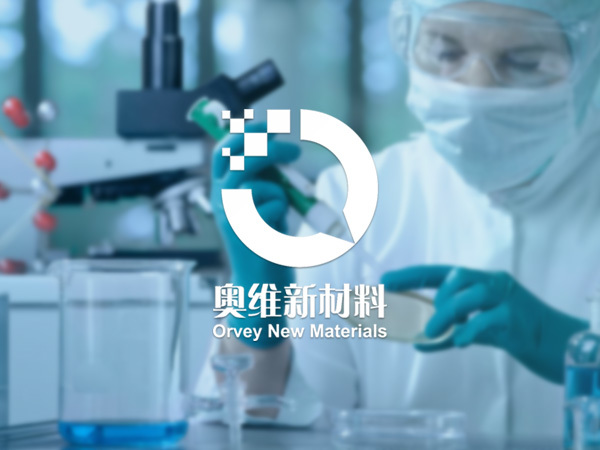What should be paid attention to when selecting activated alumina?
Release time:
Jun 24,2020
1. Drying of liquid organic compounds usually involves adding activated alumina to the liquid organic compound. The activated alumina used must not react chemically or catalytically with the organic compound. 2, activated alumina should not dissolve in the liquid organic compound. 3. When selecting activated alumina that combines with water to form hydrates, the water absorption capacity and drying efficiency of activated alumina must be considered. Water absorption capacity refers to the amount of water absorbed per unit weight of activated alumina, and drying efficiency refers to the degree to which the liquid is dried when equilibrium is reached. For example, anhydrous sodium sulfate can form Na2SO4·10H2O, that is, 1gNa2SO4 can absorb more than 1.27g of water, and its water absorption capacity is 1.27, but the water vapor pressure of its hydrate is also larger (255.98Pa at 25°C), so the drying efficiency difference. Calcium chloride can form CaCl2·6H2O, and its water absorption capacity is 0.97. The water vapor pressure of this hydrate is 39.99 Pa at 25°C. So although the water absorption capacity of anhydrous calcium chloride is small, it has strong drying efficiency. Therefore, the appropriate activated alumina should be selected according to the specific requirements of removing moisture during the drying operation. Sometimes for systems with a lot of water, the activated alumina with large water absorption is often used for drying, and then the activated alumina with strong drying efficiency is used. Generally, this kind of activated alumina requires a certain equilibrium time to form hydrates. Therefore, after activated alumina is added, it must be placed for a period of time to achieve the dehydration effect. Activated alumina that has absorbed water will be dehydrated after being heated, and its vapor pressure increases with the increase of temperature. Therefore, the activated alumina must be filtered out before the distillation of the dried liquid.
1. Drying of liquid organic compounds usually involves adding activated alumina to the liquid organic compound. The activated alumina used must not react chemically or catalytically with the organic compound.
2, activated alumina should not dissolve in the liquid organic compound.
3. When selecting activated alumina that combines with water to form hydrates, the water absorption capacity and drying efficiency of activated alumina must be considered. Water absorption capacity refers to the amount of water absorbed per unit weight of activated alumina, and drying efficiency refers to the degree to which the liquid is dried when equilibrium is reached. For example, anhydrous sodium sulfate can form Na2SO4·10H2O, that is, 1gNa2SO4 can absorb more than 1.27g of water, and its water absorption capacity is 1.27, but the water vapor pressure of its hydrate is also larger (255.98Pa at 25°C), so the drying efficiency difference. Calcium chloride can form CaCl2·6H2O, and its water absorption capacity is 0.97. The water vapor pressure of this hydrate is 39.99 Pa at 25°C. So although the water absorption capacity of anhydrous calcium chloride is small, it has strong drying efficiency. Therefore, the appropriate activated alumina should be selected according to the specific requirements of removing moisture during the drying operation. Sometimes for systems with a lot of water, the activated alumina with large water absorption is often used for drying, and then the activated alumina with strong drying efficiency is used. Generally, this kind of activated alumina requires a certain equilibrium time to form hydrates. Therefore, after activated alumina is added, it must be placed for a period of time to achieve the dehydration effect.
Activated alumina that has absorbed water will be dehydrated after being heated, and its vapor pressure increases with the increase of temperature. Therefore, the activated alumina must be filtered out before the distillation of the dried liquid.
Related news




